The Secret Checklist That Every Aspiring Fashion Entrepreneur Needs (But Nobody Talks About)
Introduction: One of the most thrilling—and scariest—ventures that can ever be taken is starting a clothing line. There used to be a time when creativity alone sufficed for one to start a business; not anymore. There is a need for strategy, insight, and a system to keep ahead in an ever-changing fast-turnover fashion and e-commerce market. Whether you're an individual designer or a digital seller thinking of taking a break into the online fashion space, your need isn't just passion-it's a plan. This blog walks you through essential steps, often ignored, for starting a clothing brand from scratch. Define Your Brand Identity First Before stitching the first sample or choosing fabric swatches, clarify what your brand stands for. Your brand identity includes your mission, tone, values, and the unique vibe that sets you apart. Are you sustainable? Streetwear? Minimalist luxury? Defining this early will influence everything-from your designs to your marketing and packaging. Create a Cohesive Visual Language A fashion brand isn't just about clothes-it's how the brand looks and feels across every customer touchpoint. Your logo, color palette, typeface, and social media aesthetic must all align. Remember: consumers don't just buy products, they buy stories-and experiences. If your visual identity is inconsistent, your message gets lost. Validate Before You Manufacture Too many brand-new brand owners are carried away with large-scale production before they even validate demand. Mock up, run some pre-order campaigns, make a small batch to test the market; Instagram and Shopify are great for measuring real-world interest. Learn what they actually want before your big investment in inventory. Understand Niche Targeting Strength. The fastest way to muck through the mediocrity is to attempt to appeal to everyone. Top brands first dominate a tiny niche and then expand. Look for a particular target audience, eco-conscious urban millennials, or perhaps trendsetting Gen Z teens, and speak exclusively to them in terms of messaging and designs. That precision does wonders towards ensuring strong community building and organic, word-of-mouth party growth. Fulfillment and Logistics Must Be Thought Out Well Ahead of Time Not exactly the fun side, but nevertheless, it counts-think vehicles, shipping, return, and inventory management. Many small brands neglect fulfilment until it is too late and hence experience delays, lost orders, or bad reviews. Invest in tools or partners to help streamline operations. Trust us, nothing kills brand hype faster than a bad delivery experience. Optimize Conversions in Your Online Store Your website is a digital storefront. Make sure it's mobile optimized, fast loading, and visually appealing. Build the trust factor using high-quality images, persuasive descriptions of the product, size charts, and reviews. If your store has a clunky, generic feel to it, customers won't convert. Would you like assistance creating a high-converting product page and checkout? Here's how to build the ultimate [product label automation system]. Think About Building an Audience, Not Just Customers Customers buy once. Audiences stick around, engage, and advocate. Start with building your online email list as soon as possible, post valuable stuff on social platforms consistently, and build community around your brand. Instagram, Pinterest, and TikTok are goldmines for fashion startups, but only if you're real and strategic. Stay Legal and Smart About Pricing Register your business, protect your brand name, and understand some tax obligations. Moving further, calculate your COGS, mark your profit margins, and factor in ad spend and returns. Don't price just to compete; add value and price accordingly. Final Thoughts Starting a clothing brand isn't just fashion; it requires business motive, branding creativity, and insane customer obsession. Many fail because they fail to treat it like a full-scale business on day one. If you want to rev up your brand and dive into smarter workflows, label processing tools, and ecommerce scaling secrets, you'll want to [check this detailed guide] out that walks you through next steps. All said and done, it's a tough walk—but if you get it right, it pays off fat.

Introduction:
One of the most thrilling—and scariest—ventures that can ever be taken is starting a clothing line. There used to be a time when creativity alone sufficed for one to start a business; not anymore. There is a need for strategy, insight, and a system to keep ahead in an ever-changing fast-turnover fashion and e-commerce market.
Whether you're an individual designer or a digital seller thinking of taking a break into the online fashion space, your need isn't just passion-it's a plan. This blog walks you through essential steps, often ignored, for starting a clothing brand from scratch.
Define Your Brand Identity First
Before stitching the first sample or choosing fabric swatches, clarify what your brand stands for. Your brand identity includes your mission, tone, values, and the unique vibe that sets you apart. Are you sustainable? Streetwear? Minimalist luxury? Defining this early will influence everything-from your designs to your marketing and packaging.
Create a Cohesive Visual Language
A fashion brand isn't just about clothes-it's how the brand looks and feels across every customer touchpoint. Your logo, color palette, typeface, and social media aesthetic must all align. Remember: consumers don't just buy products, they buy stories-and experiences. If your visual identity is inconsistent, your message gets lost.
Validate Before You Manufacture
Too many brand-new brand owners are carried away with large-scale production before they even validate demand. Mock up, run some pre-order campaigns, make a small batch to test the market; Instagram and Shopify are great for measuring real-world interest. Learn what they actually want before your big investment in inventory.
Understand Niche Targeting Strength.
The fastest way to muck through the mediocrity is to attempt to appeal to everyone. Top brands first dominate a tiny niche and then expand. Look for a particular target audience, eco-conscious urban millennials, or perhaps trendsetting Gen Z teens, and speak exclusively to them in terms of messaging and designs. That precision does wonders towards ensuring strong community building and organic, word-of-mouth party growth.
Fulfillment and Logistics Must Be Thought Out Well Ahead of Time
Not exactly the fun side, but nevertheless, it counts-think vehicles, shipping, return, and inventory management. Many small brands neglect fulfilment until it is too late and hence experience delays, lost orders, or bad reviews. Invest in tools or partners to help streamline operations. Trust us, nothing kills brand hype faster than a bad delivery experience.
Optimize Conversions in Your Online Store
Your website is a digital storefront. Make sure it's mobile optimized, fast loading, and visually appealing. Build the trust factor using high-quality images, persuasive descriptions of the product, size charts, and reviews. If your store has a clunky, generic feel to it, customers won't convert. Would you like assistance creating a high-converting product page and checkout? Here's how to build the ultimate [product label automation system].
Think About Building an Audience, Not Just Customers
Customers buy once. Audiences stick around, engage, and advocate. Start with building your online email list as soon as possible, post valuable stuff on social platforms consistently, and build community around your brand. Instagram, Pinterest, and TikTok are goldmines for fashion startups, but only if you're real and strategic.
Stay Legal and Smart About Pricing
Register your business, protect your brand name, and understand some tax obligations. Moving further, calculate your COGS, mark your profit margins, and factor in ad spend and returns. Don't price just to compete; add value and price accordingly.
Final Thoughts
Starting a clothing brand isn't just fashion; it requires business motive, branding creativity, and insane customer obsession. Many fail because they fail to treat it like a full-scale business on day one.
If you want to rev up your brand and dive into smarter workflows, label processing tools, and ecommerce scaling secrets, you'll want to [check this detailed guide] out that walks you through next steps.
All said and done, it's a tough walk—but if you get it right, it pays off fat.










































































































































































![[The AI Show Episode 143]: ChatGPT Revenue Surge, New AGI Timelines, Amazon’s AI Agent, Claude for Education, Model Context Protocol & LLMs Pass the Turing Test](https://www.marketingaiinstitute.com/hubfs/ep%20143%20cover.png)













































































































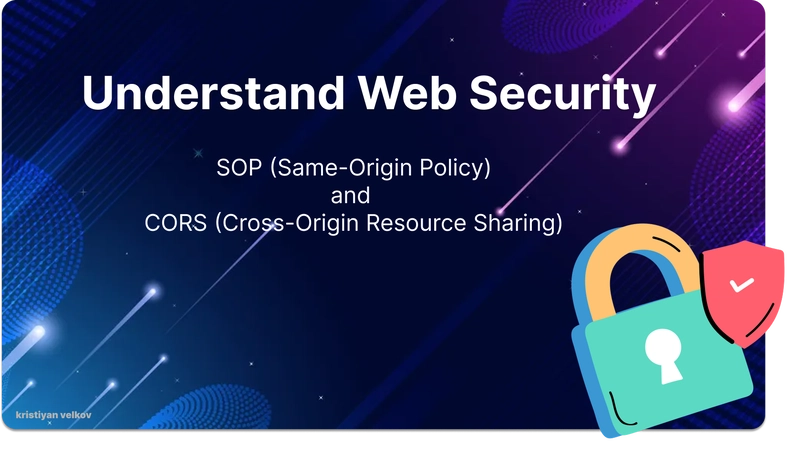

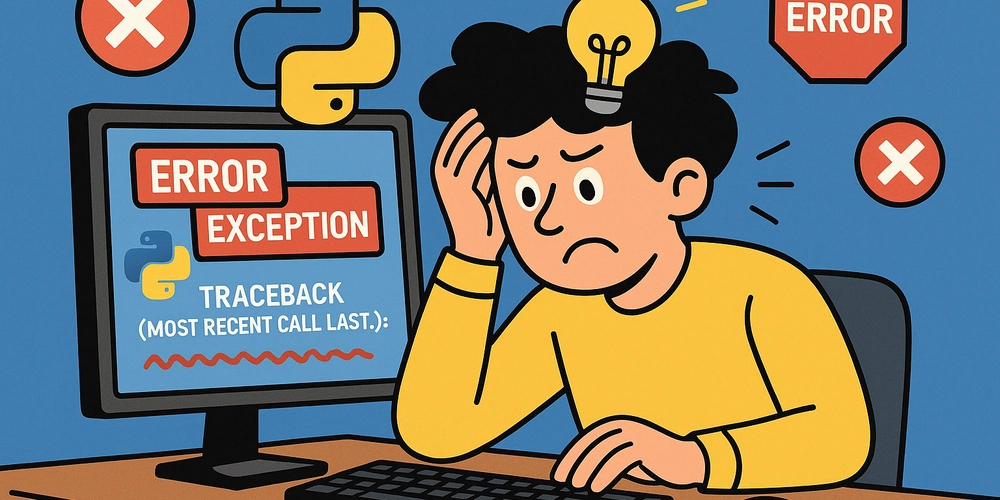
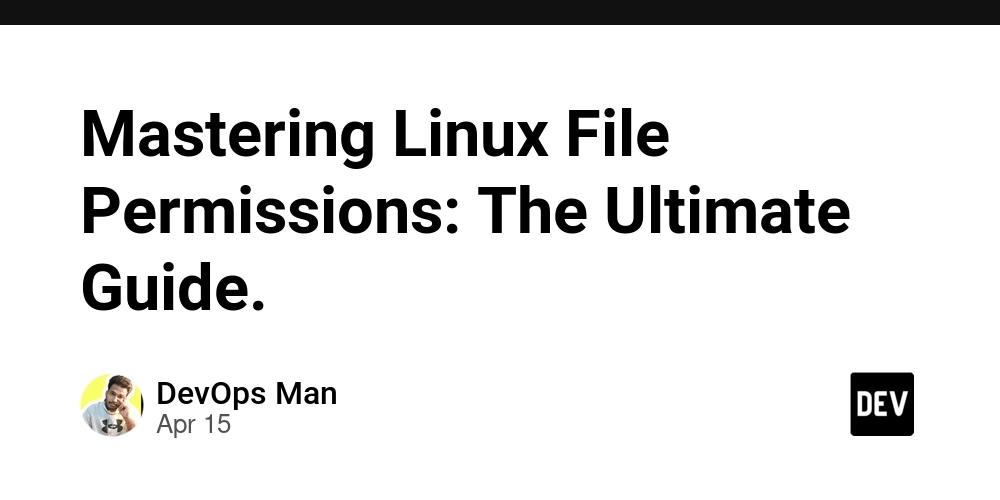











































































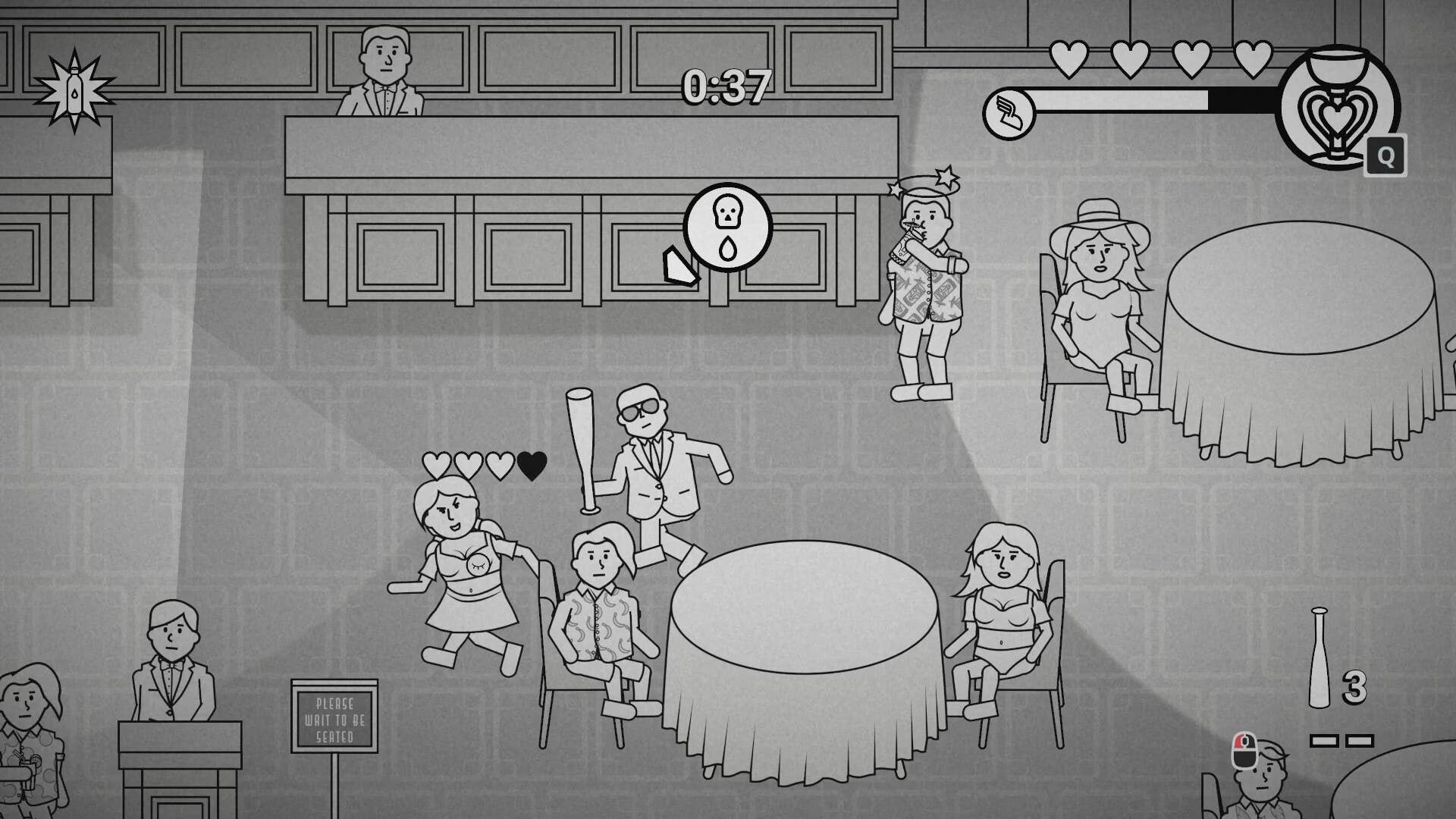








































.png?#)






















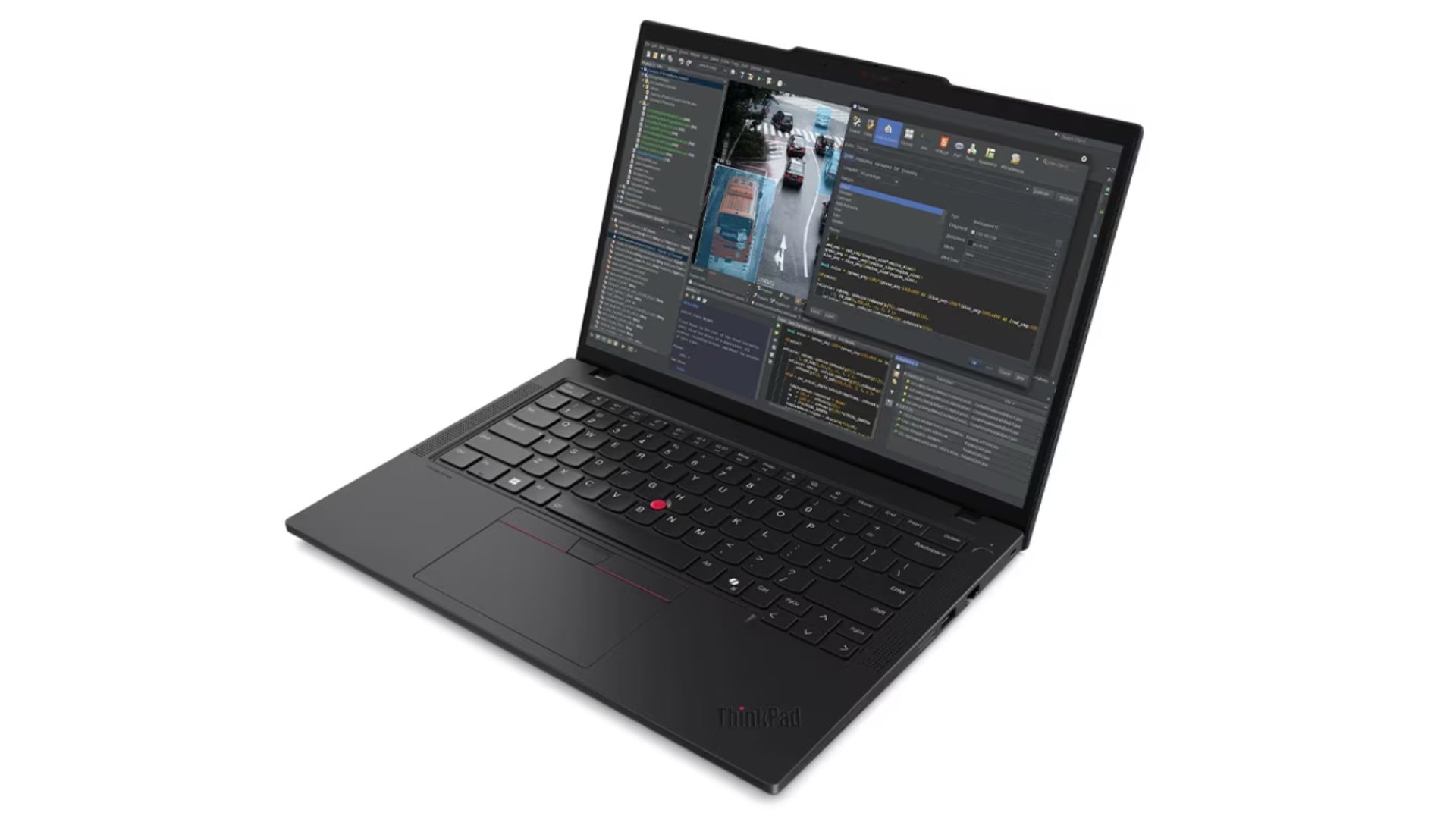
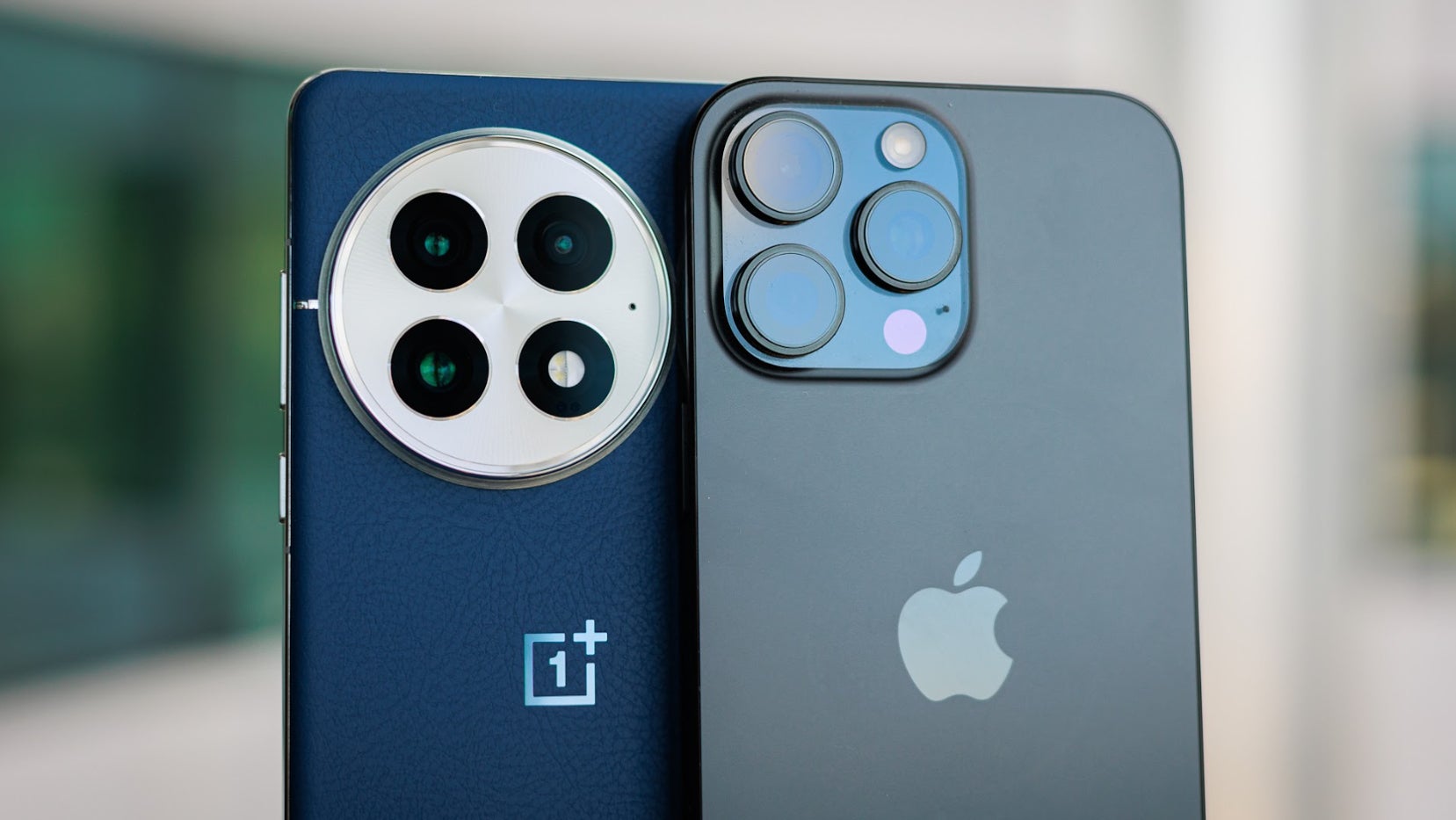















.webp?#)




















































































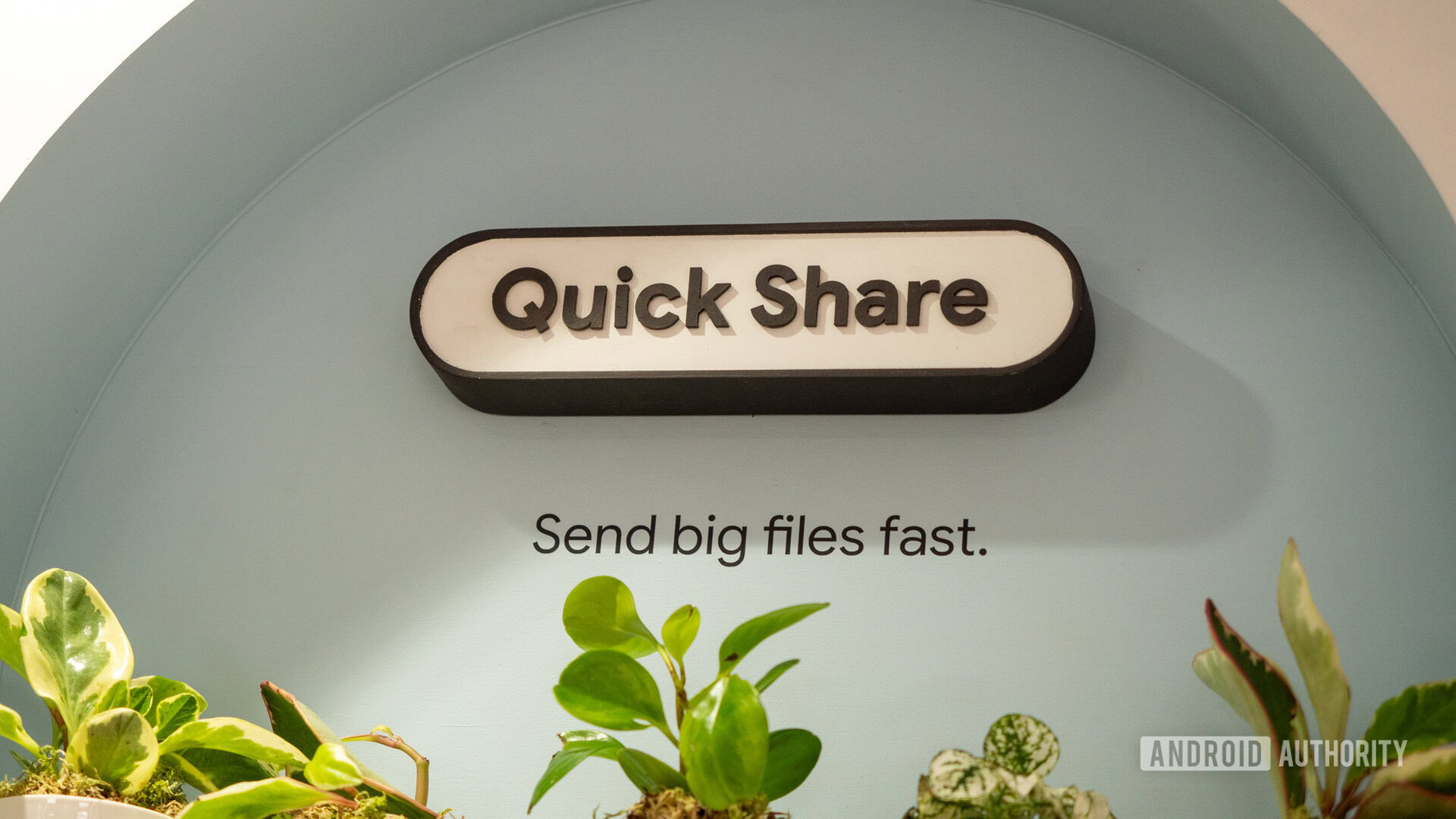





![[Fixed] Gemini app is failing to generate Audio Overviews](https://i0.wp.com/9to5google.com/wp-content/uploads/sites/4/2025/03/Gemini-Audio-Overview-cover.jpg?resize=1200%2C628&quality=82&strip=all&ssl=1)

![What’s new in Android’s April 2025 Google System Updates [U: 4/14]](https://i0.wp.com/9to5google.com/wp-content/uploads/sites/4/2025/01/google-play-services-3.jpg?resize=1200%2C628&quality=82&strip=all&ssl=1)












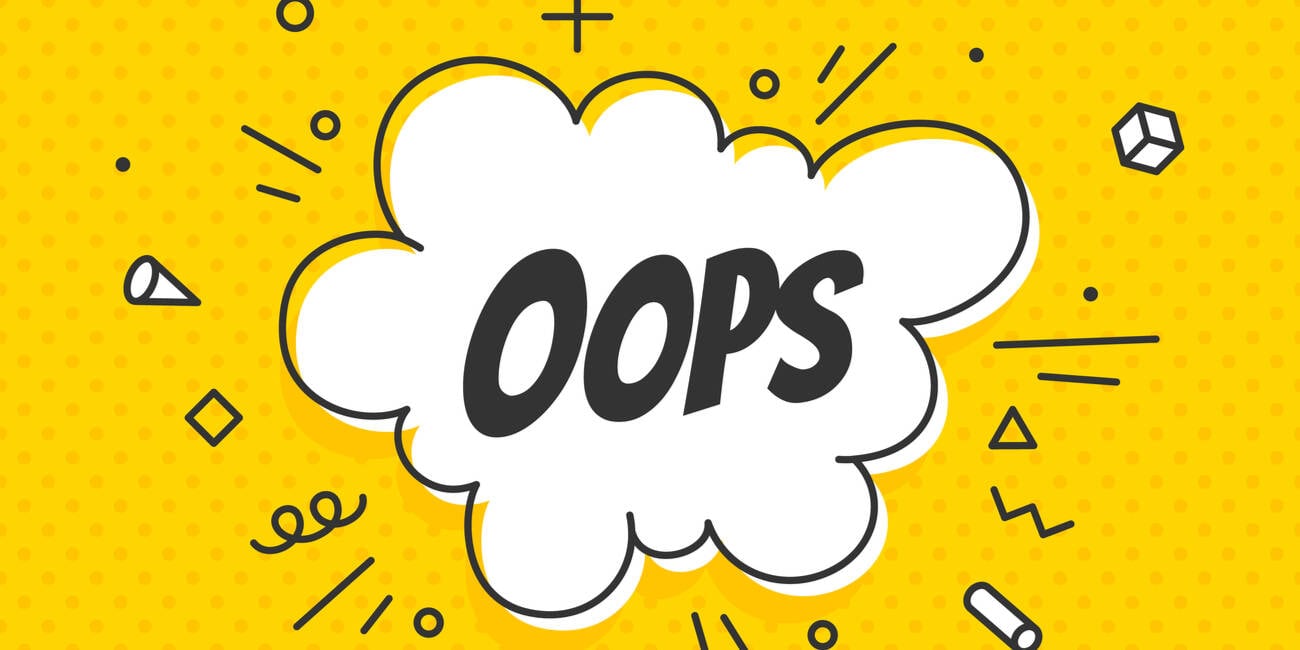

![Apple Seeds tvOS 18.5 Beta 2 to Developers [Download]](https://www.iclarified.com/images/news/97011/97011/97011-640.jpg)
![Apple Releases macOS Sequoia 15.5 Beta 2 to Developers [Download]](https://www.iclarified.com/images/news/97014/97014/97014-640.jpg)















































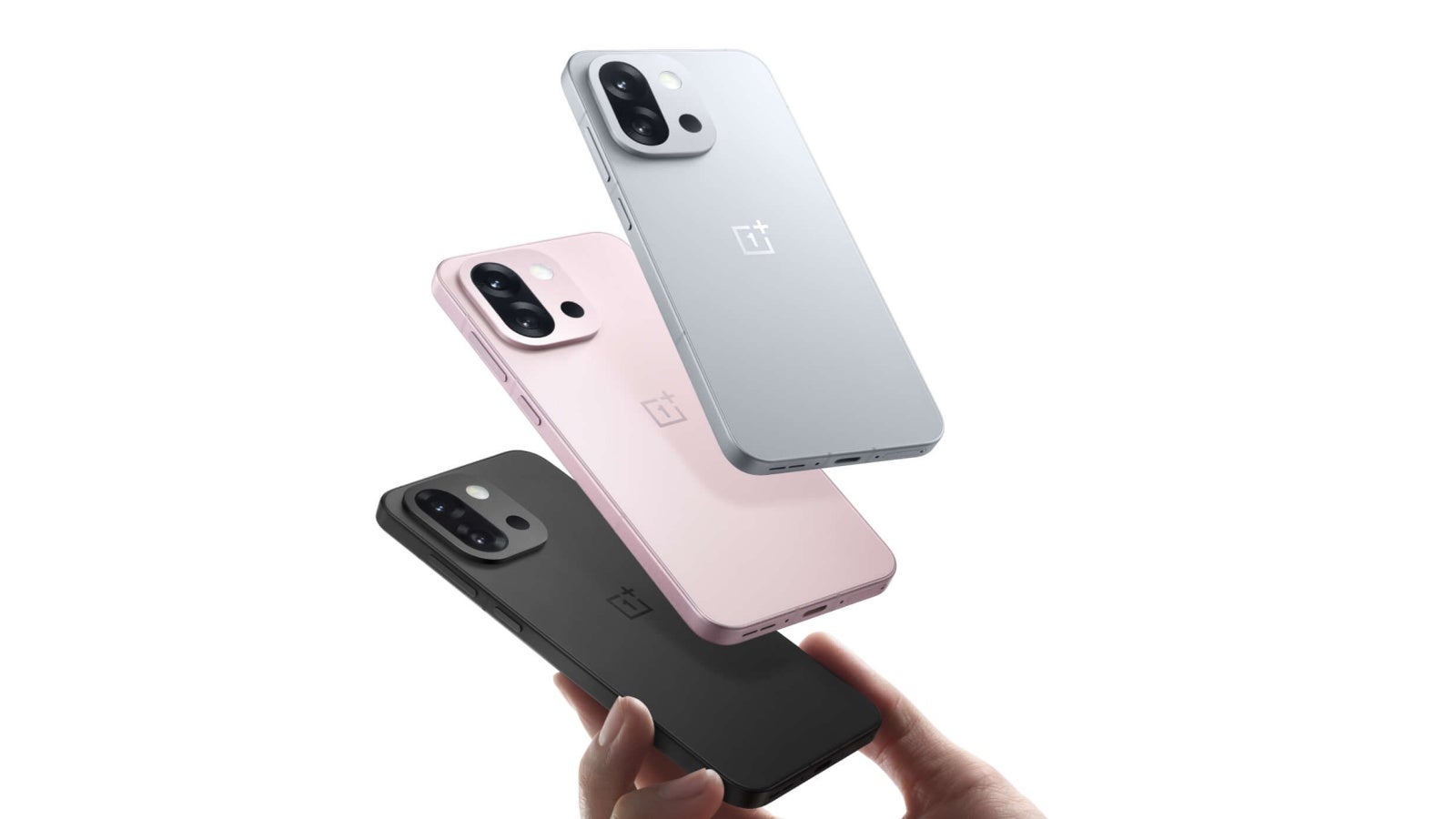



























































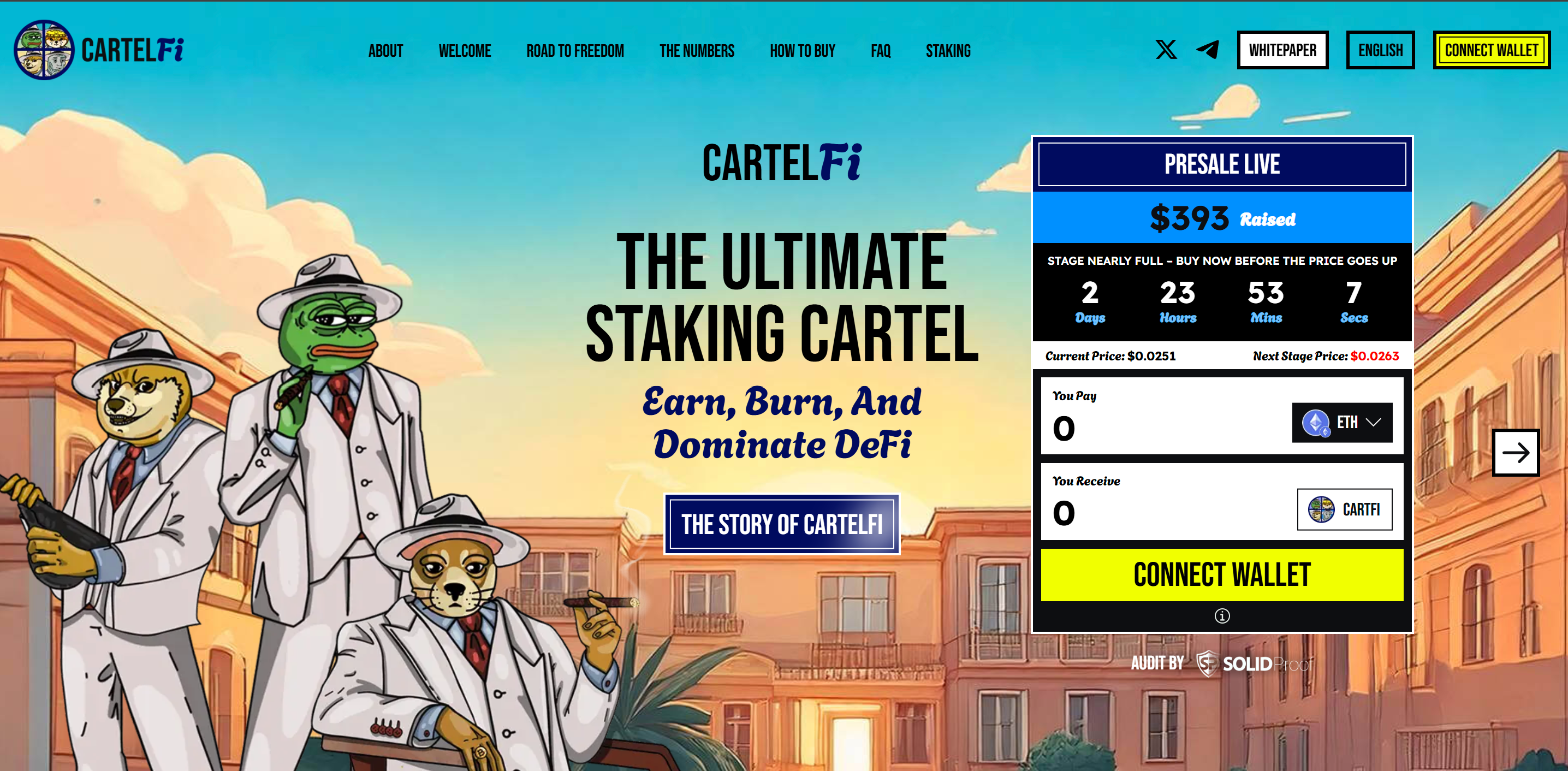








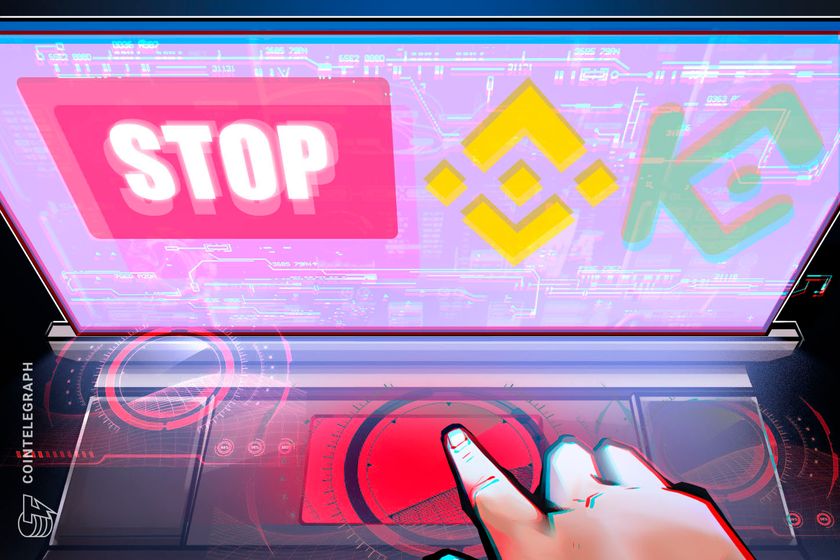







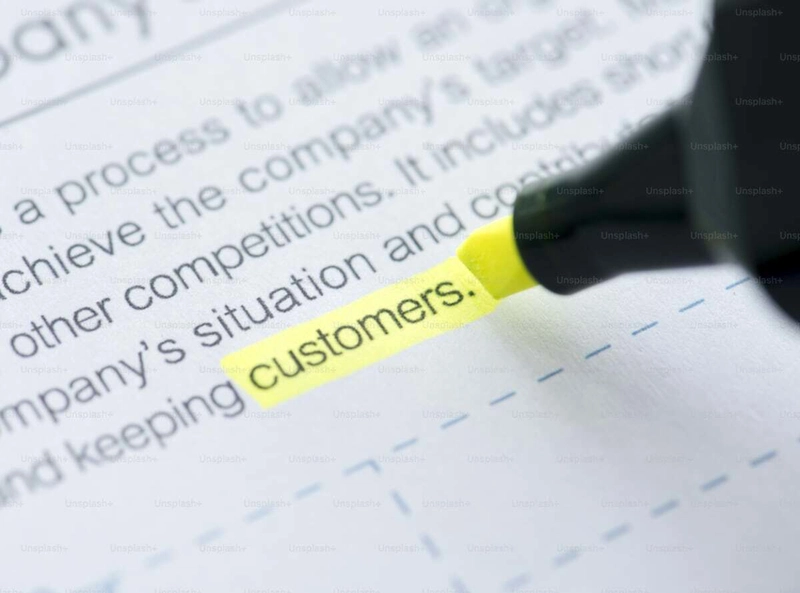

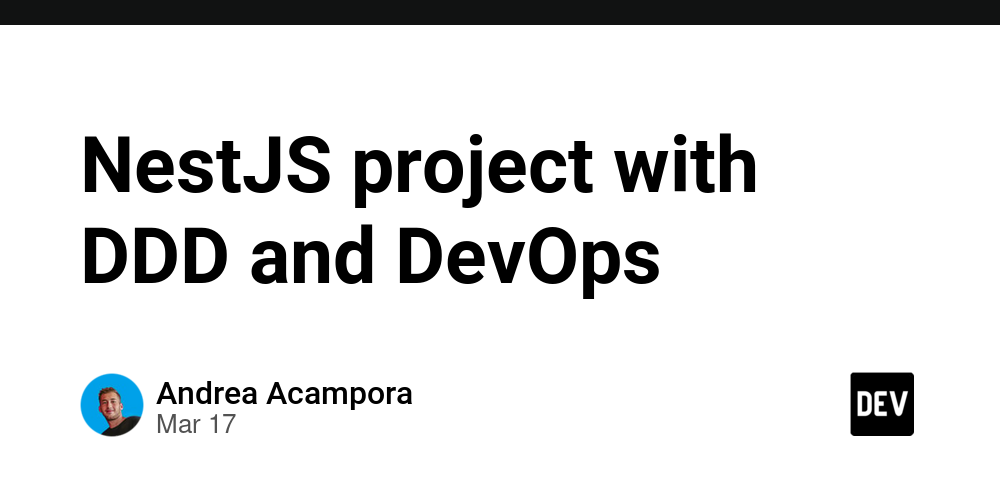
![Mesh Gradient with Animation in SwiftUI [Video]](https://media2.dev.to/dynamic/image/width%3D1000,height%3D500,fit%3Dcover,gravity%3Dauto,format%3Dauto/https:%2F%2Fdev-to-uploads.s3.amazonaws.com%2Fuploads%2Farticles%2Fq53ooizleswkzq6f6x7k.jpg)
